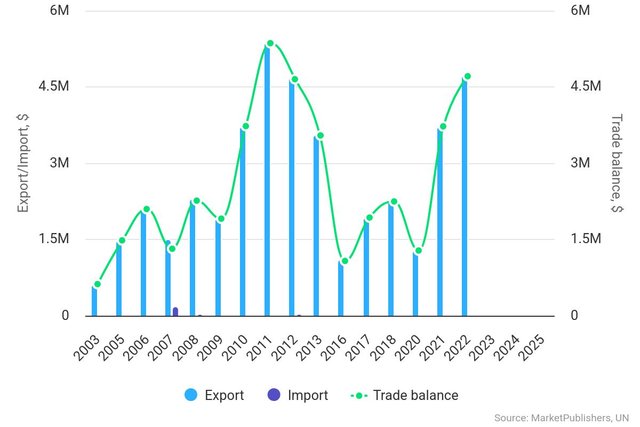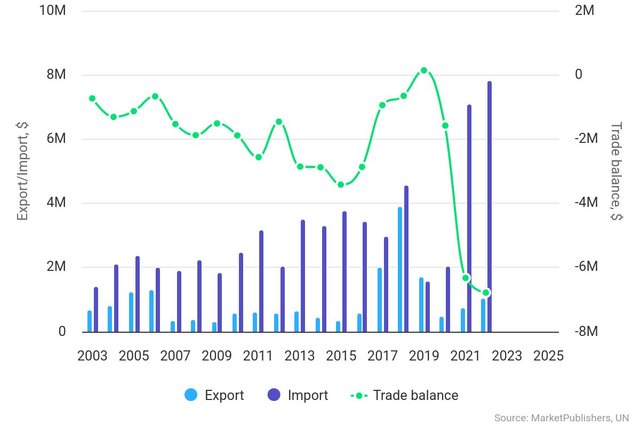Global Antimony Market Outlook: Trends, Growth Drivers, and Regional Insights
The global antimony market is poised for substantial growth in the coming years. Valued at USD 1.01 billion in 2023, it is projected to reach USD 1.78 billion by 2032, growing at a CAGR of 6.5% from 2024 to 2032. Antimony, a rare semi-metal known for its flame retardant properties and industrial versatility, is gaining traction amid increasing demand across various sectors including electronics, batteries, textiles, and construction.
Gather more insights about the market drivers, restraints and growth of the Antimony: 2025 World Market Review and Forecast to 2034
Market Drivers and Challenges
The rising emphasis on workplace safety, particularly in the U.S. with OSHA regulations like Standard 1910.269, is propelling demand for flame retardant clothing and, by extension, antimony. Additionally, the growing electric vehicle market is boosting demand for lead-acid and other types of batteries, where antimony is used to enhance performance and longevity.
However, the market faces several restraints. Substitutes like aluminum trihydrate and magnesium hydroxide are increasingly being used in place of antimony in flame retardants and other applications. Furthermore, environmental concerns, regulatory pressures, and supply chain vulnerabilities—especially due to China's dominance in primary antimony production—pose challenges to market stability.
Sustainability and Recycling: A Growing Opportunity
Sustainability is becoming a central theme in the antimony market. Recycled or secondary antimony, mostly derived from lead-acid batteries and industrial waste, is gaining attention as a more secure and environmentally responsible source. The EU’s end-of-life (EoL) recycling rate for antimony stands at around 28%, showing the potential for growth in this area globally.
Bolivia Antimony Market
Bolivia has experienced notable shifts in its antimony trade. As of 2021, the country ranked 18th globally in antimony exports, with shipments totaling 198,480 kilograms. However, exports are projected to decline sharply over the next five years at an average annual rate of –19.8%.
In contrast, Bolivian imports of antimony have seen a steady rise. Since 2004, imports have grown at an annual rate of 1.7%, with a dramatic 166% increase noted in 2018. These trends highlight Bolivia’s evolving role in the global supply chain—from exporter to a more import-reliant market, reflecting possible shifts in domestic demand and production capabilities.

Canada Antimony Market
Canada is also emerging as a noteworthy player in the global antimony landscape. The Canadian market generated USD 44.5 million in revenue in 2023 and is expected to reach USD 60.6 million by 2030, growing at a CAGR of 4.9%. Trioxides, primarily antimony trioxide, were the largest revenue-generating segment in 2023 and are expected to remain the fastest-growing product category.
In terms of global share, Canada accounted for 3.7% of the total antimony market in 2023. While smaller in size compared to the U.S., Canada’s steady growth reflects increasing industrial demand and potential future investments in flame retardant materials, batteries, and electronics.
